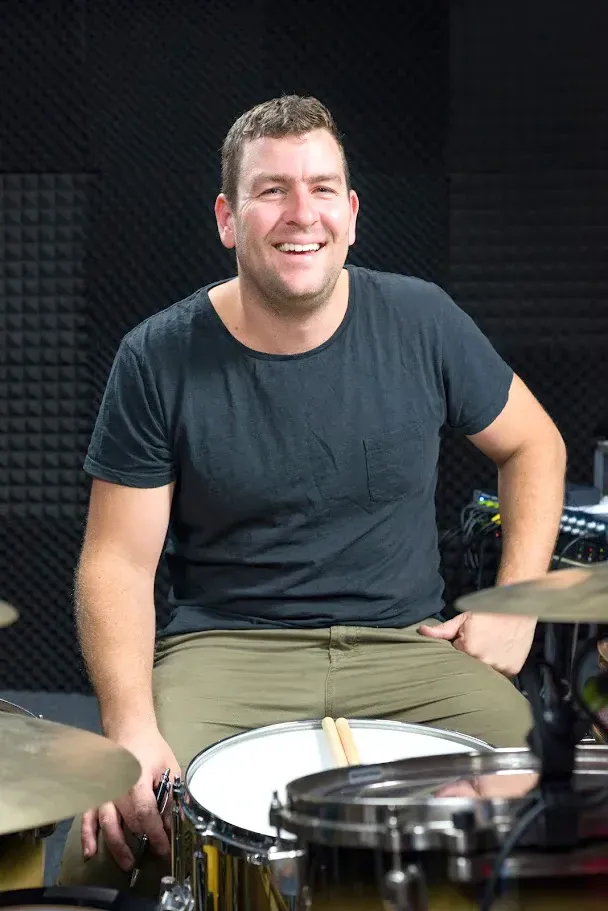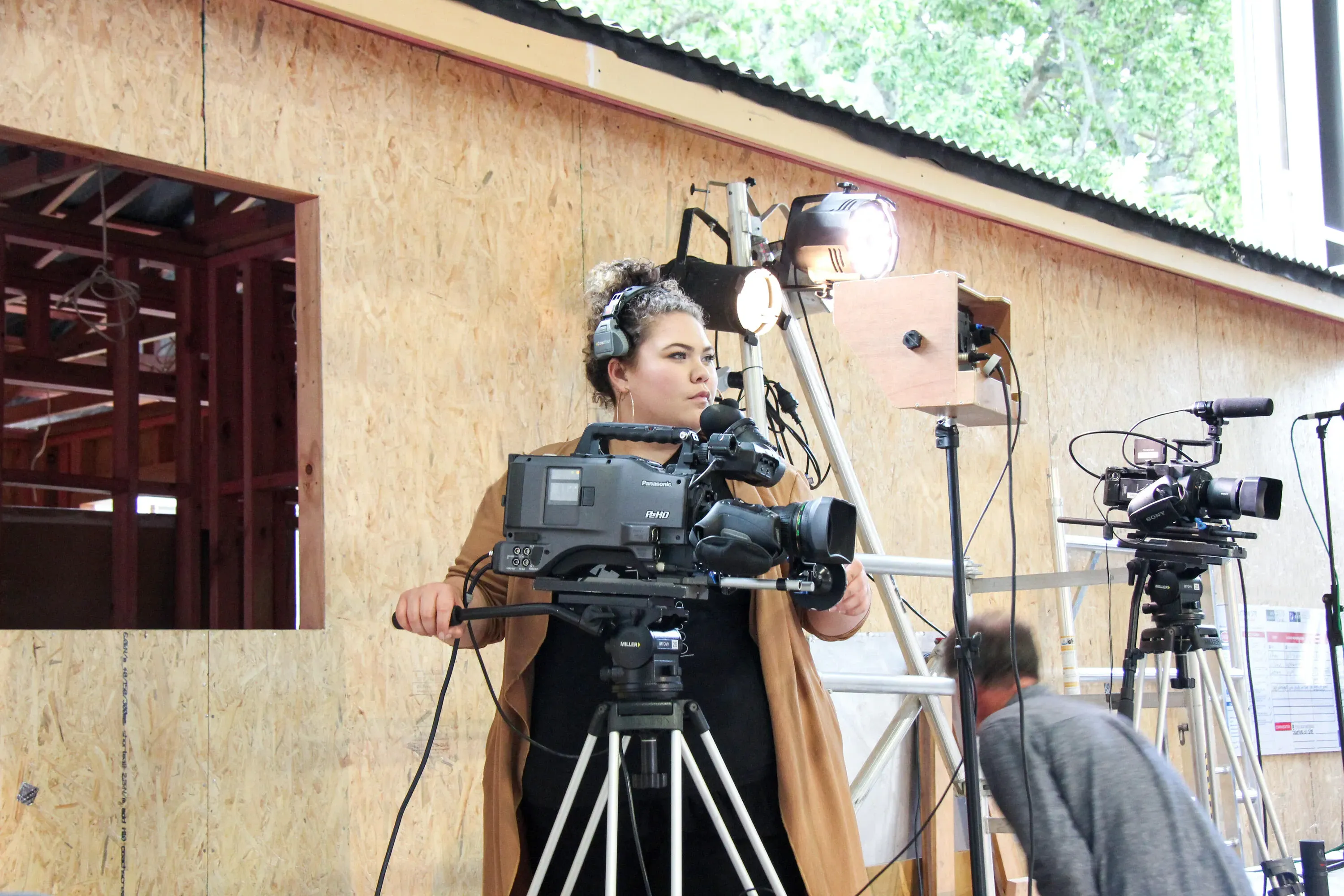Coast of Creativity
Written by
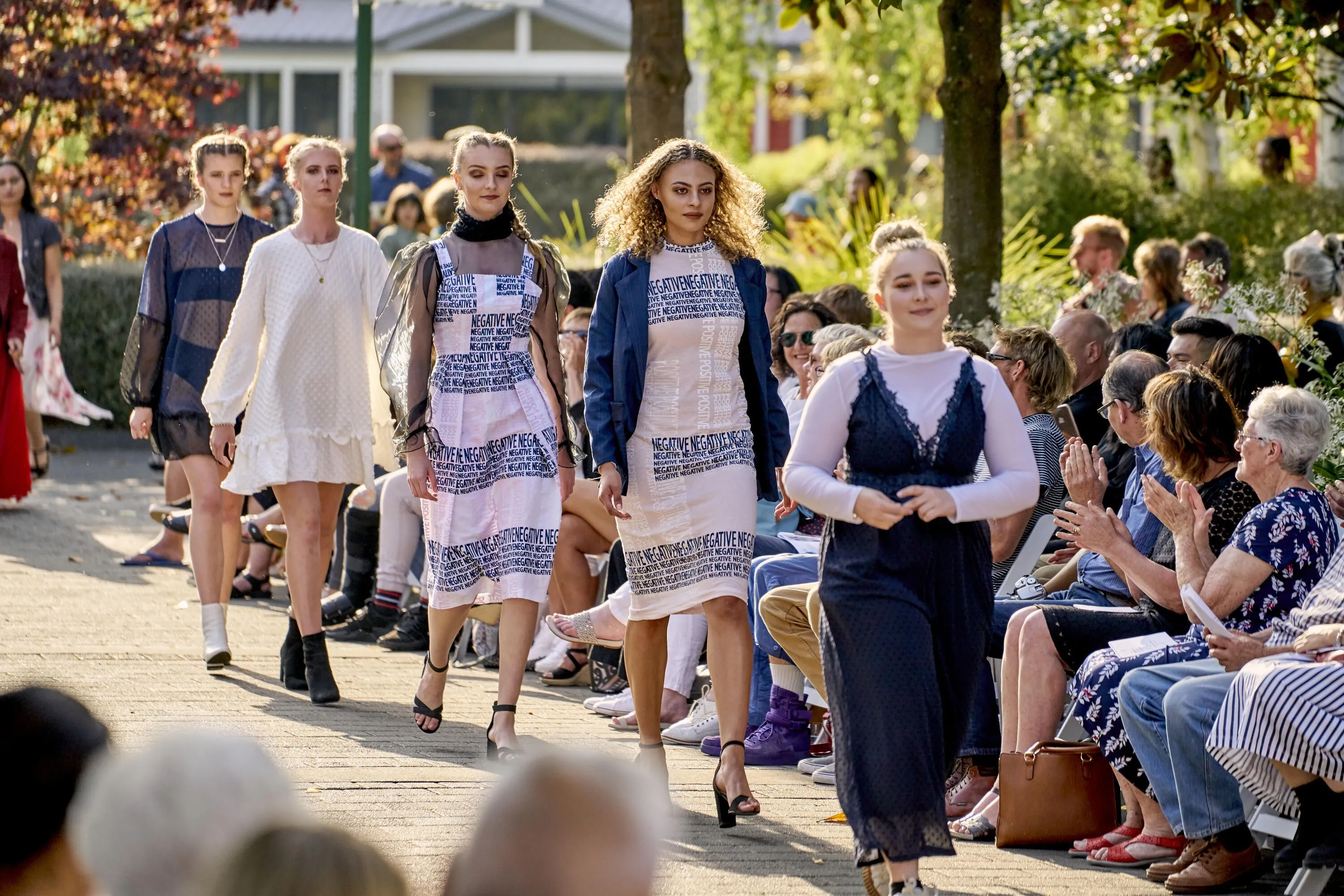
If you’ve grown up outside of Aotearoa’s metropolitan centres, you’ve heard it all before. To get ahead in your creative career, you need to head to the big smoke to study.
But the regions are making a resurgence. In the idyllic Hawke’s Bay, Eastern Institute of Technology’s IDEAschool is breaking down misconceptions.
“There is the inclination of high-level students in Napier to instinctively want to go to Auckland or Wellington. But more and more, people are understanding that EIT can offer the same level of education that they might see at a top-level university,” states Tom Pierard, senior lecturer in Music Technology.
For many, living in a large city is just as likely to stifle creativity as it is to encourage it. New Zealanders flock to the smaller towns to recharge their batteries and seek inspiration. Being constantly surrounded by incredible scenery and a more relaxed environment is one way to get the creative juices flowing.
The right mix

Tom Pierard. Photo: Supplied.
Pierard describes IDEAschool’s students as “a good mix of those who come in knowing they just want to be creative and those who are fully capable of learning at an institution like a university, but aren’t that keen to leave Hawke’s Bay.”
As for the concern that you need to go to the large cities to succeed, Pierard has this advice in an increasingly digital industry. “Where you are is a state of mind. The students incorporate a lot of collaboration with people outside of the institution in their projects.
They’re really encouraged to go to Auckland and Wellington in the internship programme to try those new things. We have students and graduates who are constantly collaborating with people overseas as well.”
It certainly hasn’t held them back - recent graduate Victor Sefo has been crowned Most Promising Artist at October’s Pacific Music Awards. “Victor’s one of some really amazing success stories,” says Pierard, “the way he creates is something he polished by having the time and the environment we like to foster at IDEAschool with small classes and specialist staff who are really willing to find common ground with students.”
Collaboration is key
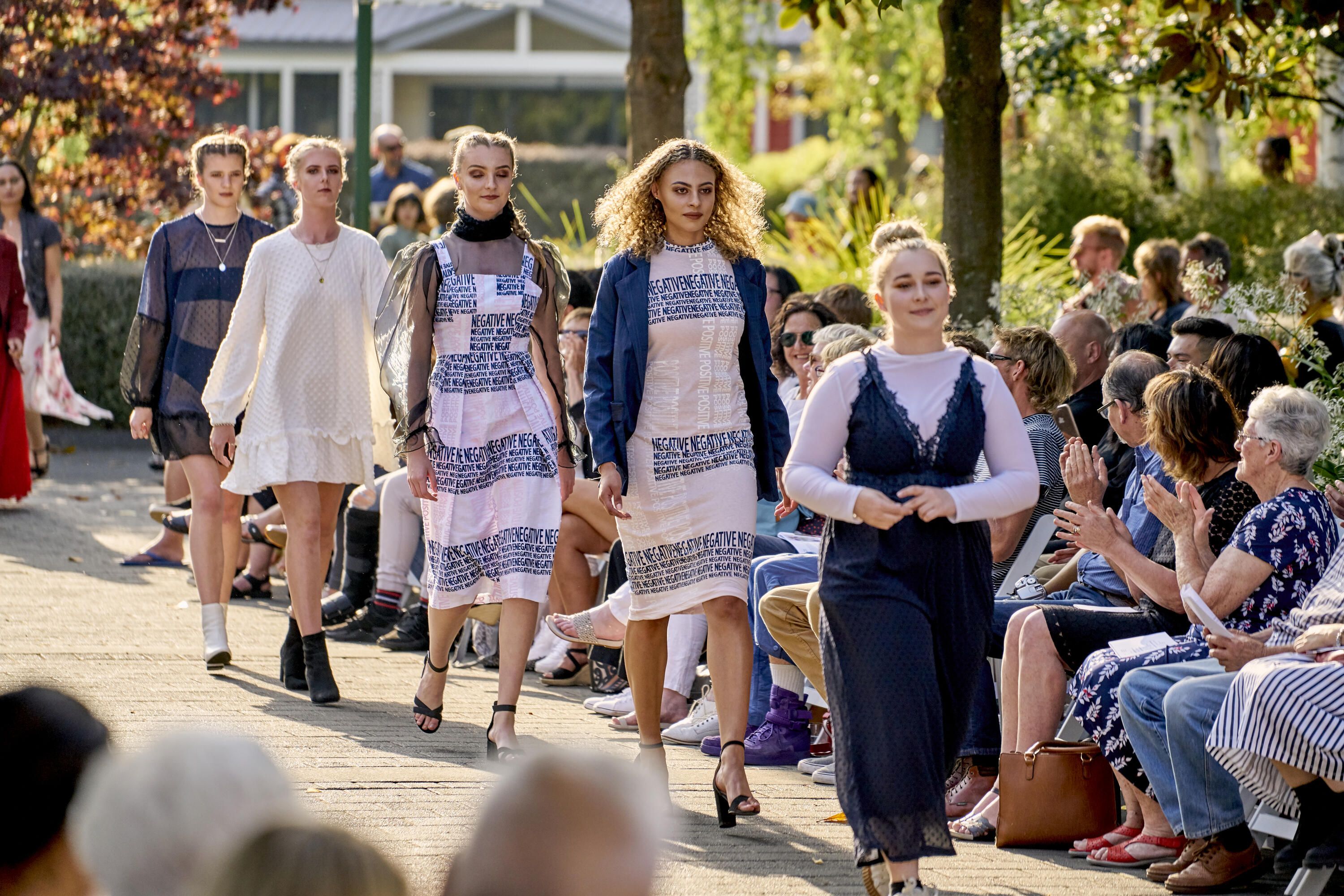
Models showcasing Tegan Winter’s collection, at the 2019 IDEAschool Arts Festival. Photo: Supplied.
But this isn’t a hand-holding exercise. Pierard underlines the project-based learning structure gives students the ability to design their own brief. “The idea is that each assessment relates to their professional portfolio in some manner - we encourage them to think about industry outcomes.
“The students develop the skills of overseeing an entire project - the staff are there to facilitate and guide.”
The key, in Pierard’s eyes, is the collaborative nature of the school. It’s not something you can force, it needs to happen organically. “It’s about providing an environment where the students feel OK about sharing. We have peer reviews and social functions - it’s a matter of getting them comfortable with each other first.”
The five disciplines on offer - music, screen production, design, fine art and fashion – mean that students are able to dip their toes in unexpected waters before specialising. “I would say they don’t necessarily come in with a mind to collaborate or to do more than one discipline, but often - more and more - we’re seeing students jump across into other disciplines after the first year.
“There’s something about the environment at IDEAschool and the people that makes it special. Everywhere is close to each other, the students often socialise together. It gets more beneficial every year.”
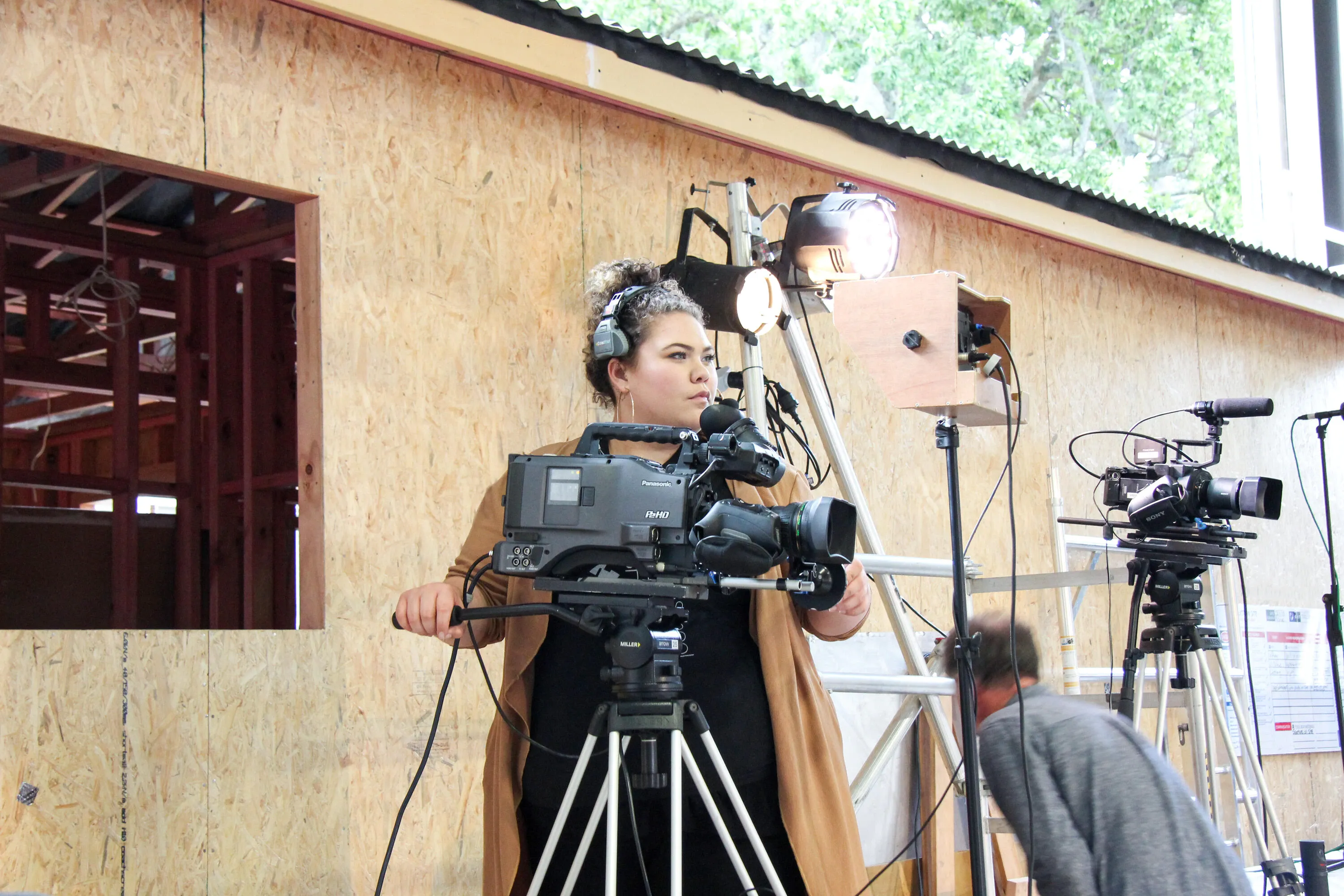
IDEAschool Screen Production student Ramari Fox honing her camera skills. Photo: Supplied.
Written in partnership with Eastern Institute of Technology. To find out more about IDEAschool’s wide range of programmes, click here.
.
